Scott bikes: pros, cons and lineup

Like many other companies, this one got its name in honor of the founder. But besides the name, she can stand out in many other features. It's time to find out what are the main features and nuances of bicycles of this brand, why they are worth buying and how to choose the right version.
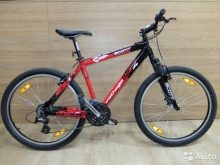
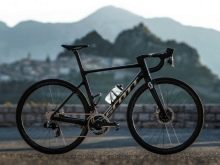
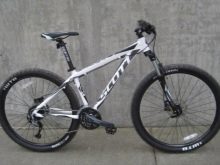
About the firm
The brand itself appeared in 1959. But that year and a little later, no one knew anything about Scott bicycles. There was no paradox in this: the beginning of the company's path was the improvement of the ski pole. Later, the development approach was strict and uncompromising. Developers have always tried to stay one step ahead of overall technological progress. The first invention, made in 1958 by an engineer and part-time skier from the American state of Idaho, Ed Scott, turned the ski business.
After 12 years, the company begins to deal with masks for motocross enthusiasts. Following this, the production of boots and other equipment for this sport starts. Throughout its history, they tried not to change the manufacturing country: production facilities were located in the United States. In 1989, a unique bicycle handlebar appeared, which immediately allowed him to win the prestigious Tour de France.


After 2 years, the original suspension system is introduced to the market. Since 1992, the production of two-suspension bicycles has been launched. The fact that they were gradually selected for their design and production, having previously mastered a number of important structures, deserves respect. In 1995, the first all-carbon mountain bike in history began selling. Also significant milestones were:
- 1998 (the appearance of a particularly lightweight two-suspension bicycle);
- 2001 and 2003 (creation of extra light frames);
- 2003 (breakout bike of MTB level);
- 2005 (lightweight triathlon bike);
- 2010 (improved bicycle suspension);
- 2011 (introduction of the electric bike line);
- 2012 (for the first time in the world - mastering the production of bicycles with 27.5-inch wheels);
- 2017 (introduction of a road model with an aerodynamic frame and disc brakes and creation of a new frame).
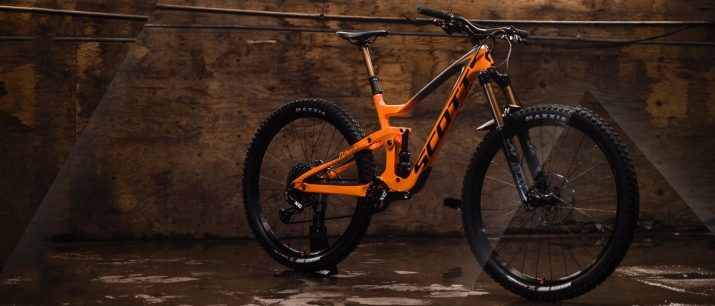
Advantages and disadvantages
Overall, Scott branded products meet and exceed consumer expectations. As for negative or balanced reviews, they are provoked either by the lack of literacy of the cyclists themselves, or by the purchase of an inexpensive fake. The high cost of original products may well be considered its negative side. But on the other hand, in technical terms, all products are almost flawless.
The equipment works flawlessly and practically does not break down during normal operation, so we can say that it has no particular drawbacks.


Popular models
A more accurate and in-depth assessment of products under the Scott brand can only be given by analyzing specific positions in the line. The Contessa JR 24 can be considered a striking example of a children's bicycle. The device presented in 2018 is equipped with an aluminum frame. Wheel dimensions are 24 inches.
Kenda tires perform very well, as do the V-brakes and Alex C-1000 rims. The designers have provided 21 speeds. Switching between them is convenient and easy thanks to Shimano devices, the same shifters, shifters and cassettes. The geometry of the bike follows the classic take on women's mountain models.
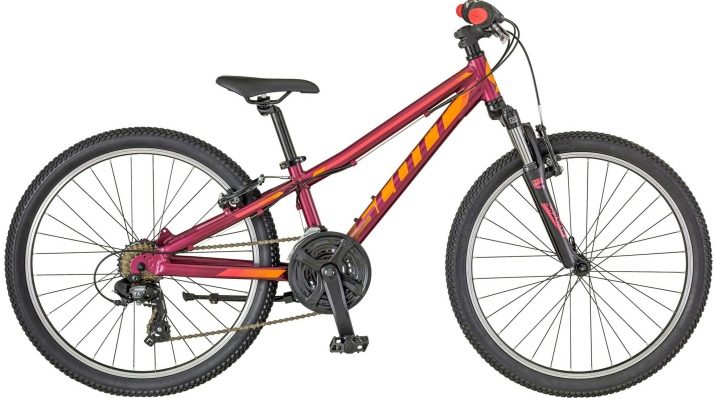
The product is intended for children under 11 years of age. Lowering the frame geometry makes it possible to lean on both legs at any time. The travel of the fork is 0.05 m. The pedals are made of plastic and steel parts. The stiffness of the Elastomer Spring Fork can be adjusted.
In terms of shock absorption, the bike is a hardtail. The steering column is partially integrated. The shifters can rotate. The single rims are formed from a sturdy, proven aluminum alloy.
Important: the maximum weight of the user is 50 kg.
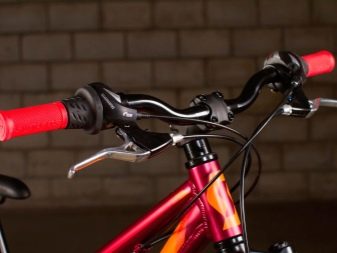
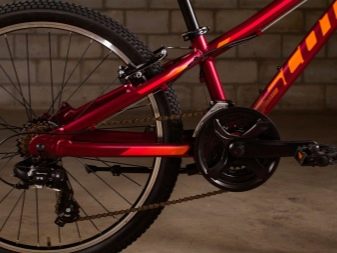
The Aspect 670 also performs well on the road. The frame on this bike is well cushioned; it is made of selected aluminum. Riding on 26-inch wheels with Kenda Slant 6 tires, you can reach 21 speeds. Rim Japanese brakes will help to brake on any of them. Front and rear hubs are manufactured by Formula.
The model is considered a classic mountain bike. The design is anatomical and designed for everyday travel of moderate intensity. The tires of the bike have a clear pattern. Thanks to the well-thought-out connecting rods, it is possible to fully transfer the force from the pedals to the star.
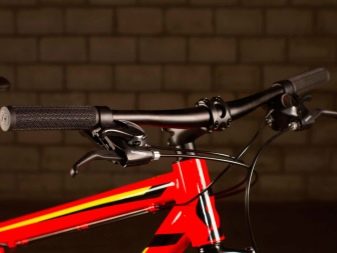
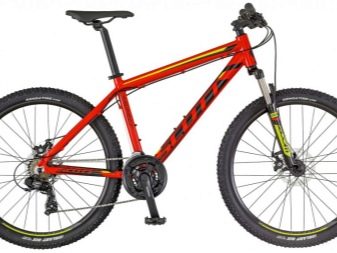
Attention should be paid to bike Voltage JR 16. Its frame size is, as you can imagine, 16 inches. It is made of aluminum. Two types of brakes are used - both rim and foot types. The fork is optimized for BMX training.
The children's model was first introduced to the market in 2018. The chain drive makes it easy to propel a bike weighing 9.2 kg. The frame is formed from an aluminum alloy. The threaded steering column cannot be integrated. The front brake belongs to the recreational class.
The only sprocket in the system has 28 teeth. The JR 16 is equipped with strong and eights-resistant wheels. The saddle design is ideal for inexperienced riders. The rigid fork works stably.
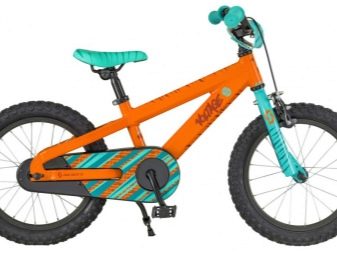

But there is another decent version from Scott - this is a bicycle. Scale RC 900 World Cup. This bike was introduced in 2019, so it fully complies with modern requirements.
There is no aluminum in the frame - it is made entirely of carbon fiber. The design is optimized for fast racing on rough terrain. The 29-inch wheels tackle road obstacles with confidence. They are assisted in this by 2.29-inch tires.The design provides for disc brakes with a hydraulic "filling".
Shifters, cranks, rear derailleur and chain are all made in-house by SRAM. The pin under the seat has a size of 31.6x400 mm. The braking system guarantees a stop at any available speed. The energy consumption of the cyclist is minimized. Maxxis tires are designed to handle city roads and soft ground equally.
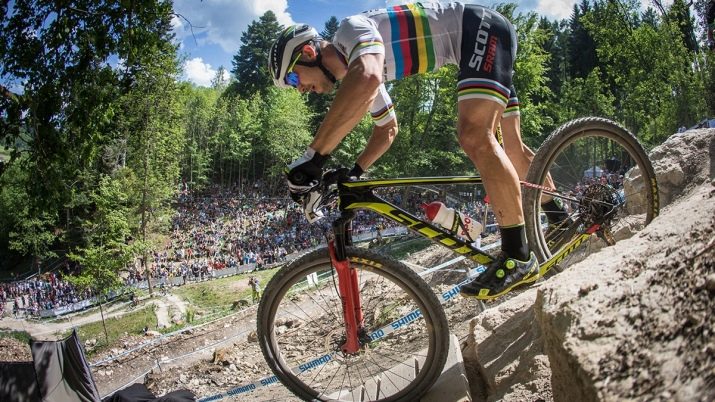
Criterias of choice
The very first criterion when selecting a bicycle (of any brand, note) is the main purpose of its purchase. It's one thing if you have to drive purely for everyday purposes, and another thing when you plan to go in for sports racing. And the designs for extreme riding, bumping and steep slopes are different from the previous two options. The next step in choosing is to define the road surface. On asphalt and on open ground, you need to use different options for wheels and tires, and the technical base is different.
In addition, the desired season must be taken into account. It makes no sense to buy a bike for the winter without hydraulic shock absorption. If the body weight is large (or the passenger is simply tall), a reinforced frame will definitely be needed. And only in the last turn, when all these points are determined, you can get acquainted with the price.
However, you should not strive to buy the cheapest or most expensive model - it is much more correct to pay attention to the reviews.
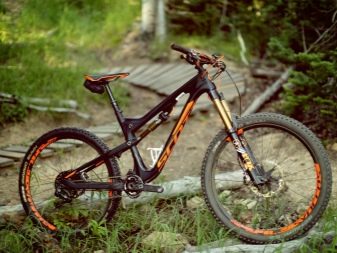

The so-called city bicycles are needed primarily for movement in the village. They mostly drive at low to medium speeds. Strong overclocking will definitely not be the main mode. The city bike is useful for those who seek to satisfy purely practical interests and tasks.

Road modifications, as you might guess, are designed to drive quickly on wide roads. The preferred surface is asphalt or well-rolled soil. Low weight is important for a road bike, because on a long trip a heavy bike is difficult to move. It's just boring. Also, a good highway bike must be tough because road breakdowns are extremely unpleasant. With the same frame size as other models, the "road bikes" have a slightly smaller distance between the axles.
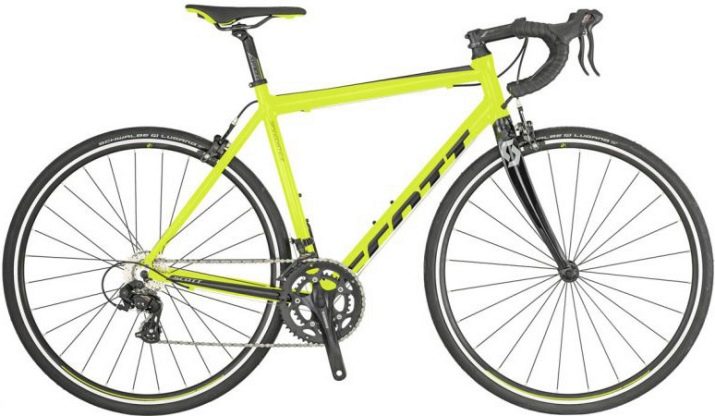
The lightest versions of road bikes are those made from carbon. Slightly heavier, but also very practical aluminum structures.
As for mountain modifications, they are more robust and reliable than conventional bikes. Particular attention should be paid to the properties of the wheels and the use of thick tires. There must be a frame of increased strength and a fork for shock absorption.

Review overview
Scott Contessa 610 fully meets consumer expectations. For those who use this bike, it is quite convenient to get to the desired place. Increased stability and ease of control are noted. The seeming frivolous look did not prevent the designers from achieving an excellent practical result. The Scott Spark also gives positive marks, which will not let down even those who return to skiing after a long time.
On rough roads, this bike rides calmly and allows you to reach your destination without any problems. Judging by the reviews, handling and ease are also okay. The Voltage bike is also in demand. The reliability of the wheels in this model is not worse than in other modifications. For kids riding in normal conditions, Voltage is ideal.
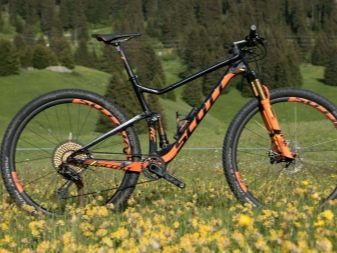

For an overview of Scott bikes, see the next video.








